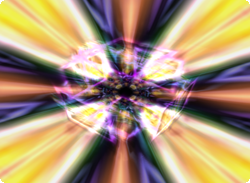http://www.llamasoft.co.uk/neon.php
This is a web site by the developer of the light synth that's in the Xbox 360.
He says he likes the Xbox 360.
You can apparently use 1 to 4 controllers to change the graphics on the fly.

This is a web site by the developer of the light synth that's in the Xbox 360.
He says he likes the Xbox 360.
You can apparently use 1 to 4 controllers to change the graphics on the fly.


